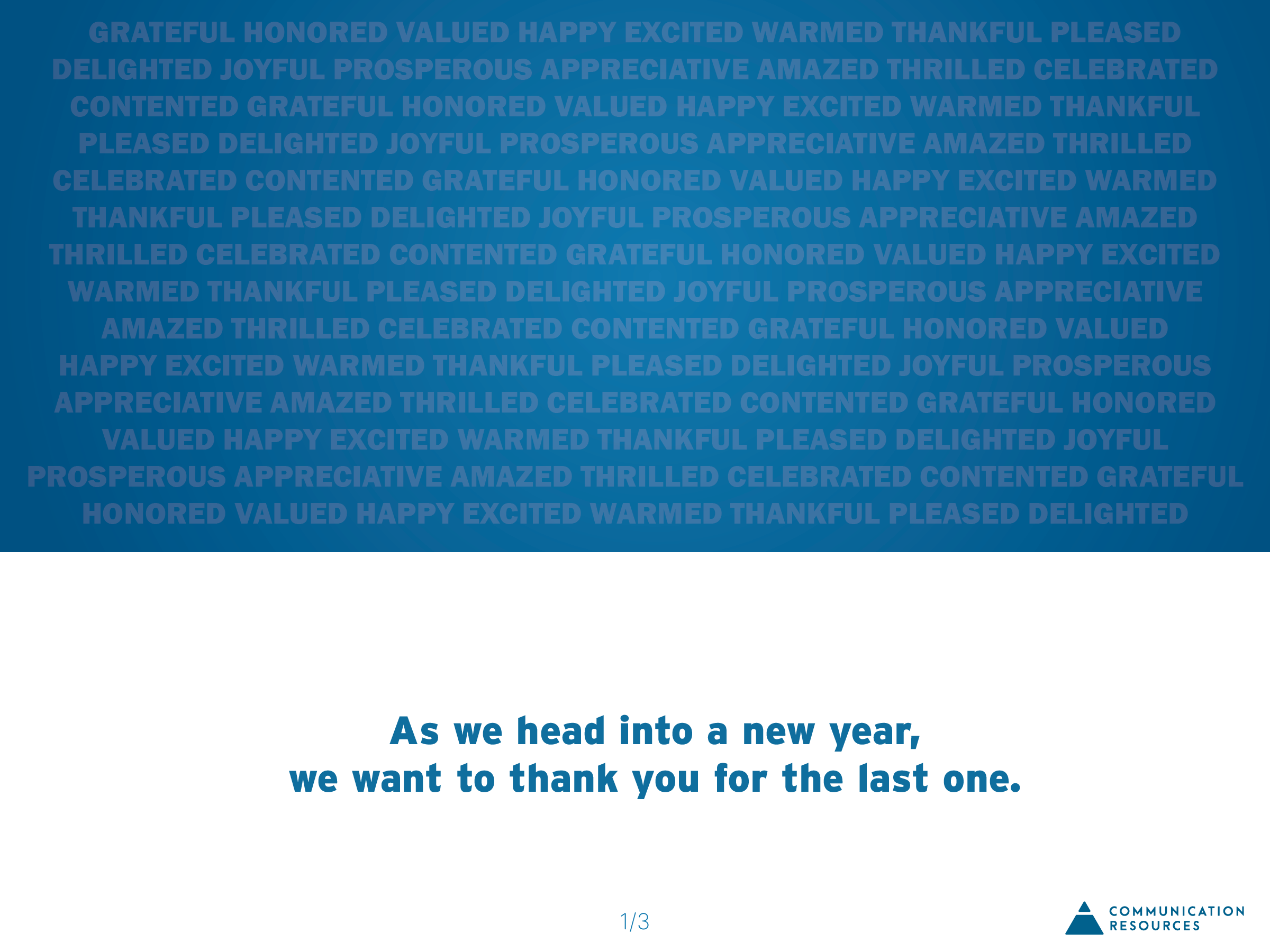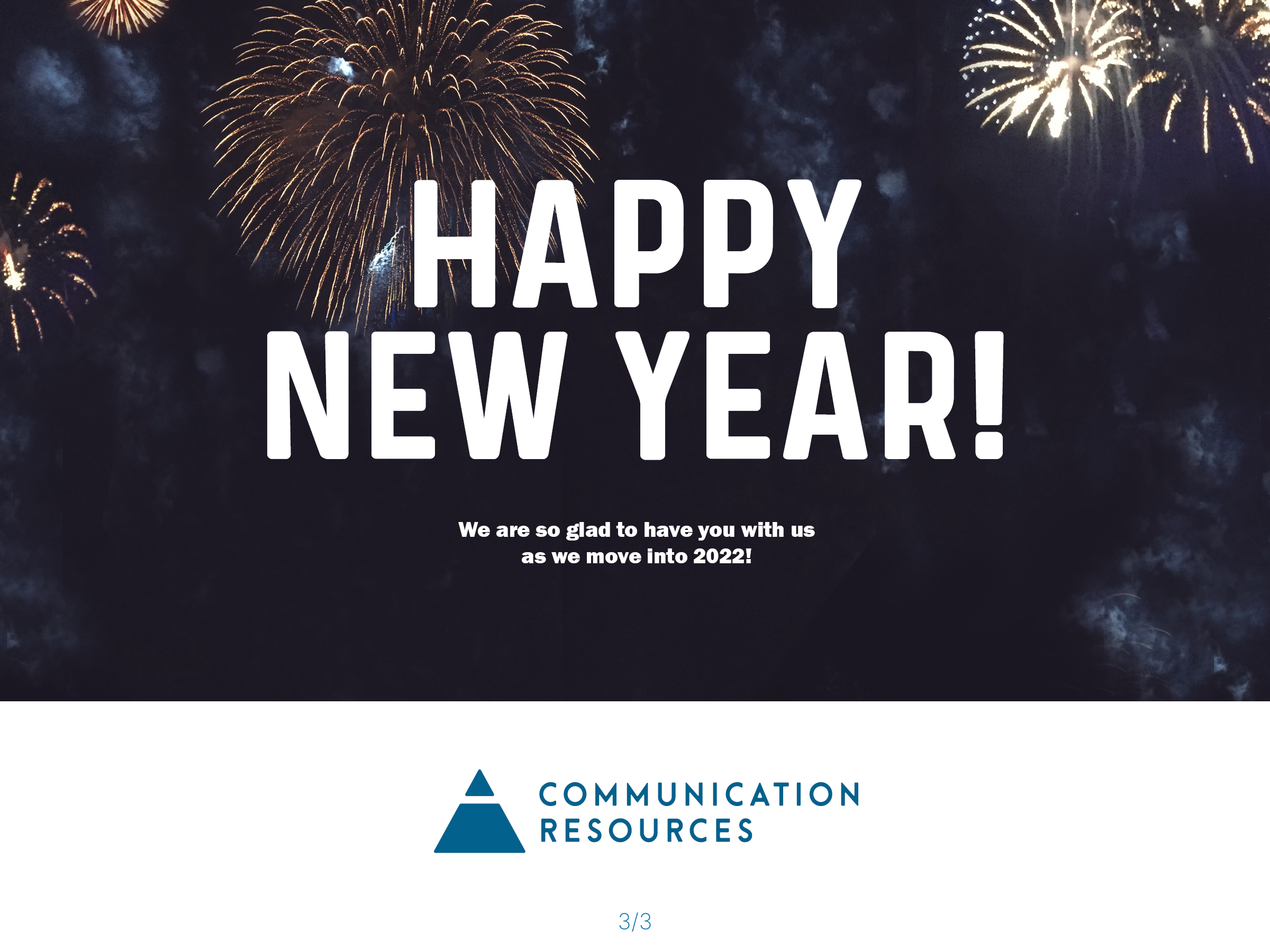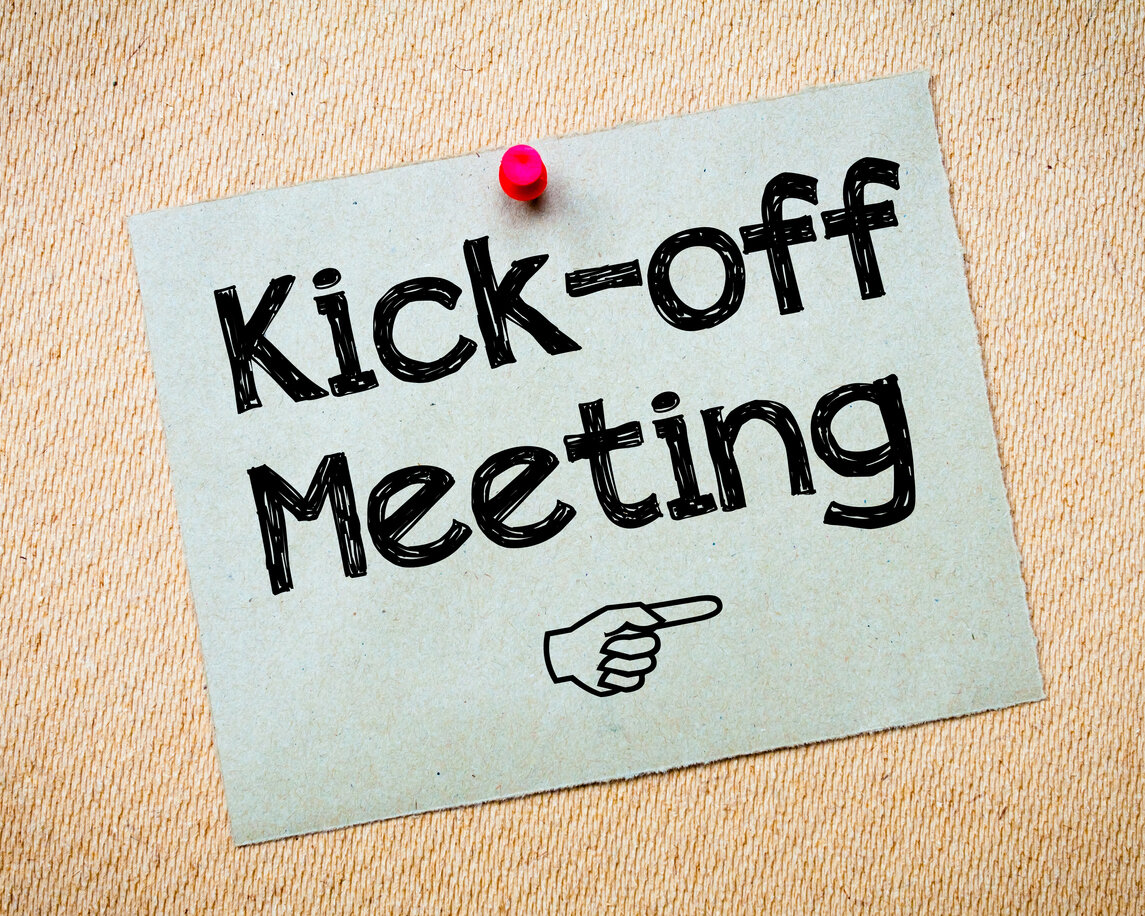The backstory of this presentation was that when my team at CRNW learned I was giving a presentation next to a baseball stadium, I was exhorted to watch “Moneyball” (no challenge there since it stars Brad Pitt) to learn more about sabermetrics (the search for objective knowledge about baseball through analysis of key metrics that enables teams to pick the right team versus invest in a single high-dollar player). The link between baseball and AEC marketing seemed clear. Just as in baseball, where savvy team managers have learned the importance of creating high-performing teams by combining players with the right set of skills under exacting conditions, firms seeking to improve their pursuit hit rates can create a winning combination of team members and conditions.
Part of the problem in making lasting change in AEC marketing is, in my view, the lack of measurable predictive analytics that would enable us to use past behavior/outcomes to predict future success. The problem with many good ideas in both organizations is that we lack the structure to objectively talk about behavior; when we can measure something, it’s easier to track—and talk about—performance. Absent metrics, in fact, many good ideas relative to streamlining work flows, making better go/no-go decisions, reducing the waste in our work, etc. need objective measures to help teams and their organizations make meaningful and lasting change.
I propose our organizations consider several objective measures around which to manage our work. These are still in process, and I’m interested in feedback. However, in an environment focused on lean practices in the design and construction marketplace, it is timely to be considering the use of metrics to guide our work in AEC business development and marketing. While making these metrics purely objective will be difficult, they may be a good start to informing the decision-making and team practices that guide our work in a way that more subjective processes have not.
- SERR = Strength of Early Relationship at RFP
- SLPR = Short-List Proposal Ranking
- SSPE = Speaker Skill Performance Evaluation
- RRSR = Repeat/Referral Selection Rate
- ACPM = Average Cost/Presentation Minute
What if we created an easy way to calculate the strength of the existing relationship? This ‘score’ could be used to inform the go/no-go as well as the design of the proposal and the development of a compelling interview. Perhaps by having a metric, firms would value early relationship development more and make it a priority, spending more time and resources in early positioning versus. wasting dollars on chasing work they can’t win.
Strength of Early Relationship at RFP (SERR)
SERR can be calculated using a series of yes/no questions, each awarding a predetermined number of points. I’m still working out the scale, but for consideration, following are some contenders that get us to an easily used five-point scale.
- Have we had a meaningful interaction with key client decision-makers in the last six months? (Yes=2 point; No=0 points)
- Have we been able to discuss the project with the client in a meaningful way before the RFP hits? And/or Did the client invite our team, either exclusively or as part of a select group, to the project? (Yes=1 point; No=0 points)
- Do key members of the client organization know members of our team (those we’d propose for the work) by face and name? (Yes=1 point; No=0 points)
- Has the potential client attended an event/conference, etc. with our team—and interacted with the team there in a meaningful way? (Yes=1 point; No=0 points)
I suspect that if firm leadership created a simple five-point scale using the questions above—or your own—and tracked them rigorously against both the conversion rate (proposal to short-list) and hit rate (presentation to award), they might realize the value of investing in client relationships as precursor to pursuits. While anecdotally, most leaders know the value of relationship development, but nonetheless push to pursue projects that are marginally winnable even with exceptional proposals and/or presentations. Perhaps by using data, even an imperfect scale, leadership would either push for greater investment in relationships or make fewer ill-advised go decisions.
Short-List Proposal Ranking (SLPR)
SLPR is fairly simple, relating to how proposals are ranked in the field of pursuit contenders. While oftentimes this is difficult to determine in the midst of a pursuit, when asked after-the-fact, many selectors are willing to disclose the ranking. In fact, if selectors are told why a firm wants the data (to track ROI and evaluate go/no-go decisions), I suspect many more might be willing to provide this information, even if just for the requesting firm.
Having not gathered this data industry-wide, I can only use conjecture from the thousands of interviews my firm has completed with owners across our almost 30-year history. It seems that a proposal that is ranked more highly in the short-listing process has a greater likelihood of resulting in a team’s win. Of course, there may be a slew of intervening factors at play: skills and experience of the team, relevance of the portfolio, approach to the work, etc. However, I suspect that better written, more complete, and more visually compelling proposals outrank their lesser counterparts more often than not.
In our interviews, I frequently hear from selectors who commit the hours it takes to really read a firm’s proposal. While in competitive environments that yield more than a dozen proposals, reading every word may be impossible, it appears many selectors take their jobs as reviewers seriously and seek to honor the investments made by submitting firms. That said, savvy firms use every strategy to make proposal review easier, including design, organization, and emphasis, both visually and in the writing itself.
Speaker Skill Performance Evaluation (SSPE)
SSPE refers to the skills of individual speakers. While the combined skills and chemistry of a team is more important—most of the time—than an individual speaker, speaking skills do matter. Owners needs to have confidence that individual speakers can represent the project to stakeholders, constituents, regulators, etc. And, the selection of a team is a statement of confidence by a selection committee that the selected firm and its team leadership reflect the aspirations and values of the selecting institution.
While a talented coach can bring out the best in any speaker, nothing beats a team of skilled and competent speakers able to focus on content and creative, dynamic delivery versus remedial skill building. High-value speakers for any team are those who are skilled in vocal and non-verbal communication (posture, movement, sound), can develop differentiating and well-organized content, and can deliver extemporaneously and conversationally across contexts.
SSPE could be used to both evaluate individual speakers to enable earlier skill development and could help leaders balance speaker skills across a slate of presentation participants. For example, I could use the following analytics:
- Ability to self-develop relevant and well-organized content
- Ability to deliver content in compelling and conversational manner
- Ability to work as part of an integrated speaking team
- Ability to adapt to changing interview conditions/requirements
- Ability to present information clearly in an impromptu setting (relevant to Q&A)
If each potential participant were evaluated on a five-point scale, we could track the development of an individual over time, we could determine the right combination of speaker skills that more frequently lead to team success, and we could even balance skills/strengths across team members on a single speaking team.
More importantly, however, I offer the idea of an SSPE metric as a development tool, highlighting the skills speakers need to bring to the interview. This should spur their organizations to value professional development and growth. Effective speakers have both content development and delivery skills. Potential team members need training in both types of skills, as well as regular opportunity to practice. Because speaking skills are 100 percent learned behavior, future interview participants need regular, frequent, and endorsed opportunities to practice their craft, building confidence and competence over time.
Repeat/Referral Selection Rate (RRSR)
RRSR refers to the win rate on projects for repeat or referral clients. While many firms track their repeat/referral work, few track their pursuits in this context. To state the obvious, the win rate for this type of pursuit should be very high. In both politics and pursuits, it’s hard to beat a well-regarded incumbent. Unfortunately, for many teams, they are not maintaining strong client relationships at the very time they have the greatest access to their client. A low win rate for repeat/referral clients suggests problems in project execution and/or ineffective relationship development or management.
Calculating RSR should be relatively easy and objective. Categorize each pursuit into one of two ‘buckets’: Clients for whom we have performed similar work or related projects within the previous ten years. Clients for whom we have no previous work/contractual relationship. Calculate both your firm’s conversion rate and hit rate for both types. If firms are doing all they should to build and maintain strong relationships with existing clients, the conversion and hit rate should be significantly higher for repeat clients.
Some firms are clearly better than others in developing and maintaining strong relationships with their clients, both during the project and after completion. During the project, firm leadership should make relationships a priority, setting aside time and resources for regular check-ins and, when necessary, course corrections. After the project is over, clients with whom a firm wishes to maintain a strong relationship should also be prioritized, with champions assigned and performance managed. Unfortunately, for most of us, while we are fully engaged during the project, making time for relationship management after the project is challenging. Successful firm leaders empower their team members to maintain relationships and, in some cases, reward them for keeping client relationships strong and relevant.
I believe all firms should have a robust client research program to identify issues, inform both macro and micro project and client decisions, and enable leadership to make course corrections in processes, tools, and even teams. If well-designed and implemented by mature internal champions, client perception programs can be managed in-house. Firms can also look to external resources for objective and timely data gathering and reporting.
Average Cost/Presentation Minute (ACPM)
Finally, the metric I use most often to inform my work as a presentation coach is ACPM. While the rest of the metrics above deal with broader issues of positioning, go/no-go decisions, professional development, and client retention, this metric is useful for changing behavior in a single interview. From a utility standpoint, I find this one the most useful for transforming how teams and individual speakers evaluate content and make decisions relative to emphasis, timing, and visuals.
For larger firms spending bid dollars on significant pursuits, the ACPM across presentations is often staggering, upwards of $3,500 per minute (average length of an interview = 30 minutes; average cost of a major pursuit = $100,000). For smaller firms or different markets, this number is, of course, lower, but even considering a range of $1,000 to $3,500 highlights the importance of a single minute. I use this metric to emphasize the value of what each speaker says in each minute, usually in an attempt to move speakers off of reminding a client why they are excited (or passionate or committed) about the project or away from spending multiple minutes reminding a client of their firm’s history.
If every minute in the interview is valued the sameand each has a high value—then team members should make better decisions about content and delivery. Teams and team members should embrace lean in their development and delivery, eliminating waste and maximizing value. By stripping out the content that is low impact and by honoring the firm’s investment in the presentation by coming to each meeting prepared and practiced, team members reduce the cost per minute and return value to their firms by way of a higher hit rate.
Leading Effective Change
After nearing three decades in the industry, I think it’s time to rethink how we encourage firm leadership to change entrenched and ineffective pursuit processes. Anecdotal evidence of the efficacy of different strategies suggests the strategies I’ve outlined above work. However, using objective and quasi-objective pursuit metrics, tracked over time, would enable firm leaders to see how changed behavior impacts the hit rate and ultimately, the bottom line. Pursuit metrics can enable firm leadership to see the impact of changes in both processes and behaviors.
Just as sabermetrics transformed how many ballclub managers think about baseball, our firms may be able to use pursuit metrics to change how our leaders and our teams think about pursuits. Star players will continue to be valued across organizations, but in the long season of both baseball games and AEC pursuits, finding the right combination of players and strategies across games can be a more effective strategy in the long run.



























